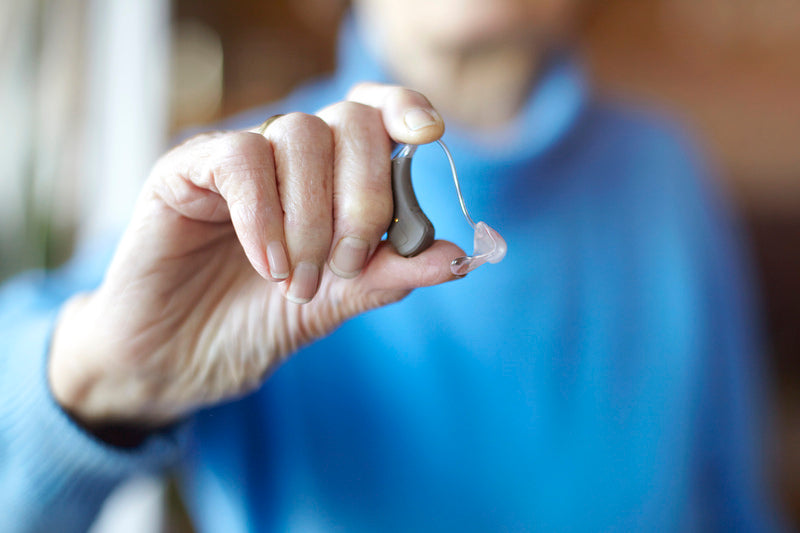Exploring the Best Spinal Decompression Treatments
Spinal decompression treatments offer a non-invasive and drug-free approach to relieving back pain and promoting spinal health. These treatments aim to decompress the spine, reducing pressure on the spinal discs and nerves, and facilitating the healing process. In this article, we will explore some of the best spinal decompression treatments available today. From manual therapies to advanced technologies, these treatments offer effective solutions for individuals suffering from conditions such as herniated discs, degenerative disc disease, and sciatica. By understanding these treatment options, you can make an informed decision about the best approach to alleviate your back pain and improve your quality of life.
Spinal Traction
Spinal traction is a widely used manual therapy for spinal decompression. It involves gently stretching the spine to alleviate pressure on the discs and nerves. Traction can be performed manually by a healthcare provider or through the use of specialized devices. This treatment aims to create space between the vertebrae, allowing the discs to rehydrate and promoting proper alignment. Spinal traction can be performed in various positions, such as lying down or sitting, and may be combined with other therapeutic modalities for enhanced results.

Non-surgical Decompression Therapy
Non-surgical decompression therapy is a mechanical treatment that utilizes specialized equipment to gently stretch the spine and relieve pressure on the discs. During the treatment, the patient is comfortably positioned on a table, and a computer-controlled device applies precise traction and relaxation cycles to the spine. This process creates a negative pressure within the discs, promoting the retraction of herniated or bulging discs and facilitating nutrient-rich fluids to enter the affected areas. Non-surgical decompression therapy is often recommended for conditions such as herniated discs, sciatica, and spinal stenosis.
Inversion Therapy
Inversion therapy involves inverting the body at various angles to decompress the spine. It can be performed using inversion tables or inversion chairs, allowing the individual to hang upside down or at an inverted angle. Inversion therapy helps to reduce gravitational pressure on the spine, allowing the discs to expand and relieve pressure on the nerves. This therapy can improve spinal alignment, increase blood flow, and promote the exchange of fluids within the discs. It is important to note that inversion therapy may not be suitable for everyone, especially individuals with certain medical conditions such as high blood pressure or glaucoma. Consultation with a healthcare professional is advised before initiating inversion therapy.
Manual Spinal Mobilization
Manual spinal mobilization is a hands-on technique performed by chiropractors or physical therapists to restore spinal mobility and alleviate pain. The therapist applies controlled movements to the spine, gently manipulating the vertebrae to relieve pressure on the discs and nerves. This treatment aims to improve joint function, reduce muscle tension, and promote proper spinal alignment. Manual spinal mobilization techniques can be tailored to the specific needs of the individual, and they are often combined with other therapies for comprehensive spinal care.
Percutaneous Disc Decompression
Percutaneous disc decompression, also known as nucleoplasty or percutaneous lumbar discectomy, is a minimally invasive procedure performed by interventional pain specialists. It involves inserting a needle or catheter into the affected disc under fluoroscopic guidance. Through the needle, radiofrequency energy or laser is applied to reduce the size of the disc, decompressing the nerves and alleviating pain. Percutaneous disc decompression is typically performed on patients with contained disc herniations who have not responded to conservative treatments. It offers a less invasive alternative to traditional surgical interventions, with reduced risks and faster recovery times.
Conclusion
Spinal decompression treatments provide valuable options for individuals seeking relief from back pain and improved spinal health. From manual therapies such as spinal traction and manual spinal mobilization to advanced techniques like non-surgical decompression therapy and percutaneous disc decompression, these treatments offer effective alternatives to surgery and medication. Each treatment approach has its own benefits and considerations, and the choice depends on the individual's specific condition and the recommendations of healthcare professionals. By exploring these best spinal decompression treatments, you can take proactive steps towards finding a suitable solution for your back pain and regaining your mobility and quality of life.




